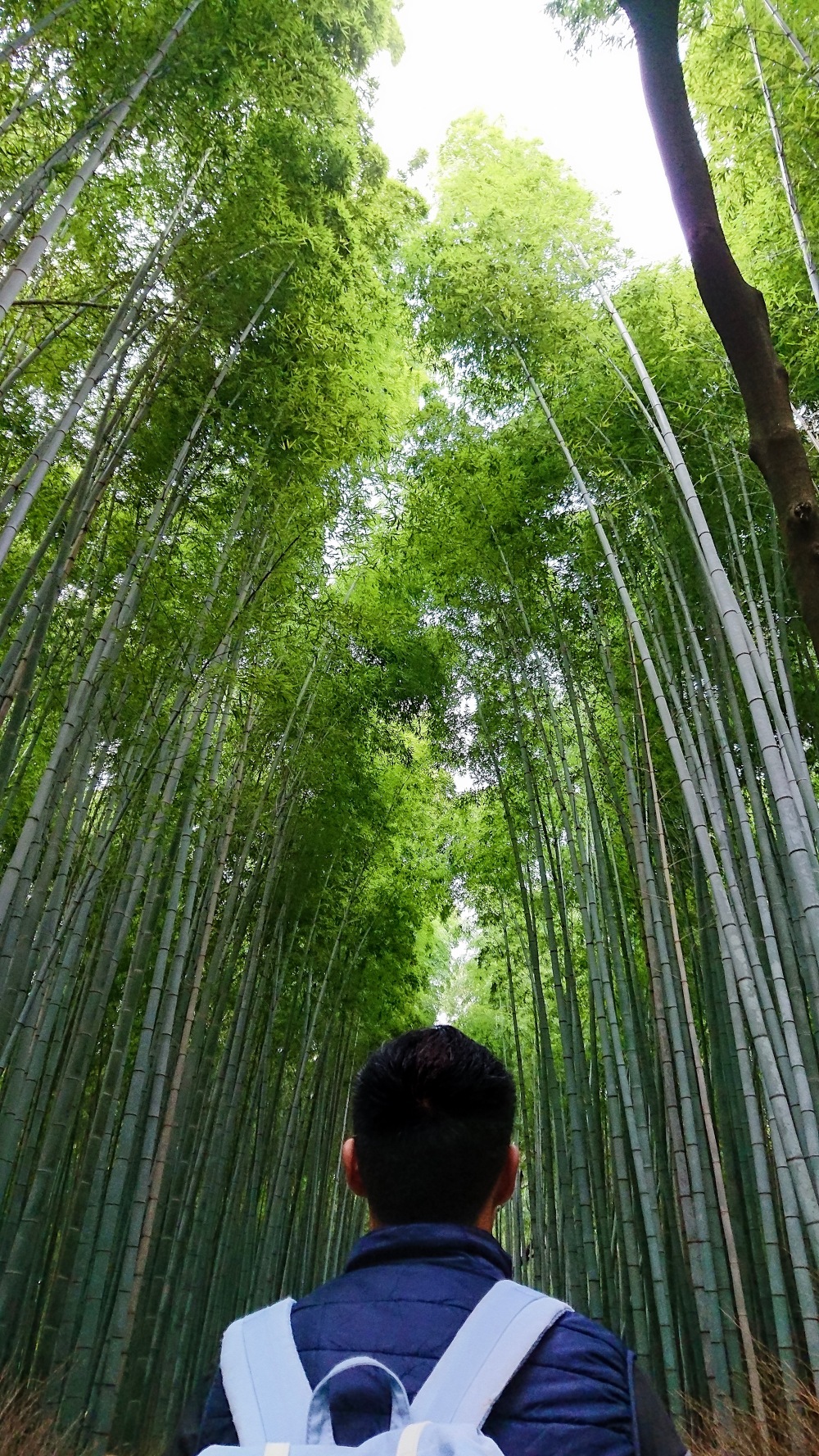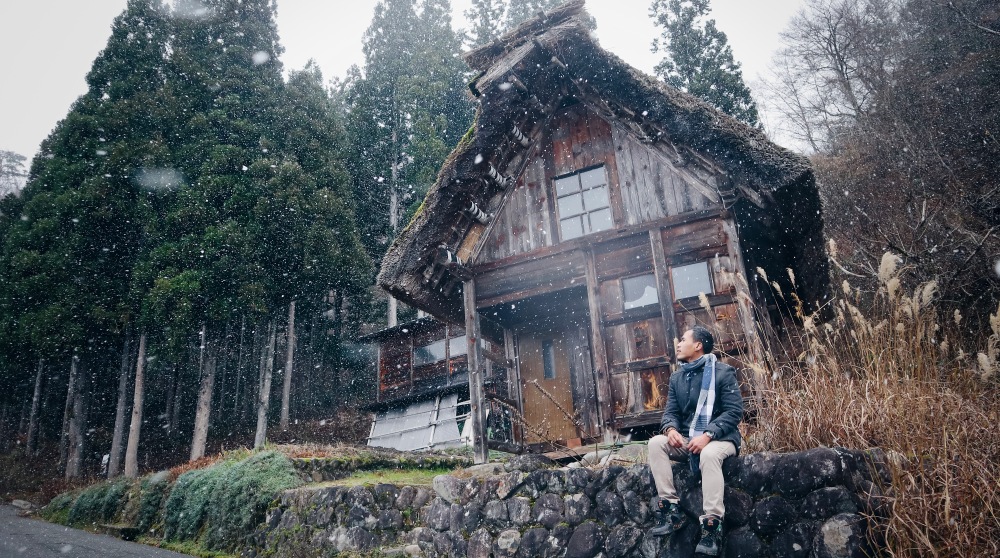
It has always been a goal of mine to go to Japan, one of the oldest yet most advanced countries not just in Asia but the whole world. Imagine my joy when I finally got to set foot on Japan two years ago along with my parents and aunt!
Japan is an archipelago country located in East Asia as it lies off the eastern coast of the Asian continent. It is bordered by the Sea of Okhotsk in the north, Sea of Japan in the west, the East China Sea in the southwest, the Philippine Sea in the south and the entire Pacific Ocean in the east. Traveling here from the Philippines via airplane would normally take 4 to 5 hours.
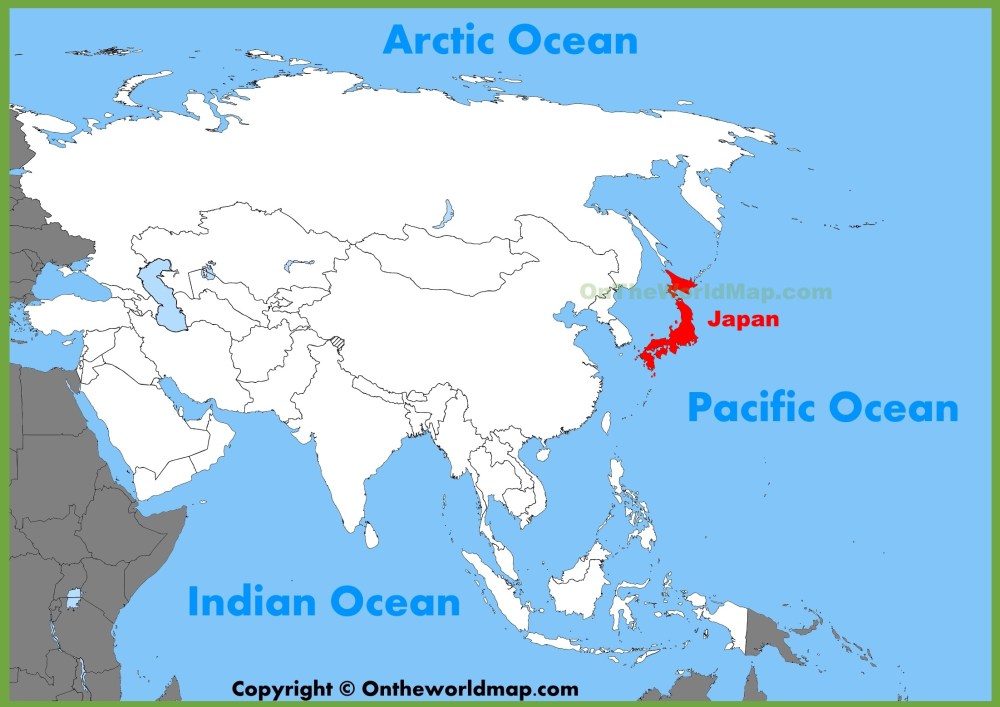
With all the memorable moments we had that time, from experiencing the magnificence of Tokyo, the excitement of Osaka, the enormity of Kyoto, the laidbackness of Nara and chillness of Kobe, my Japan trip then remains to be the most expensive travel I have ever had. It is a given that when traveling to Japan, it is going to be expensive, but it’s going to be beyond your budget when you aren’t careful with how you use your money as well as make a good itinerary. That’s why I am making this blog to help you shall you decide to go to Japan, one of the most astoundingly beautiful countries ever in the world!
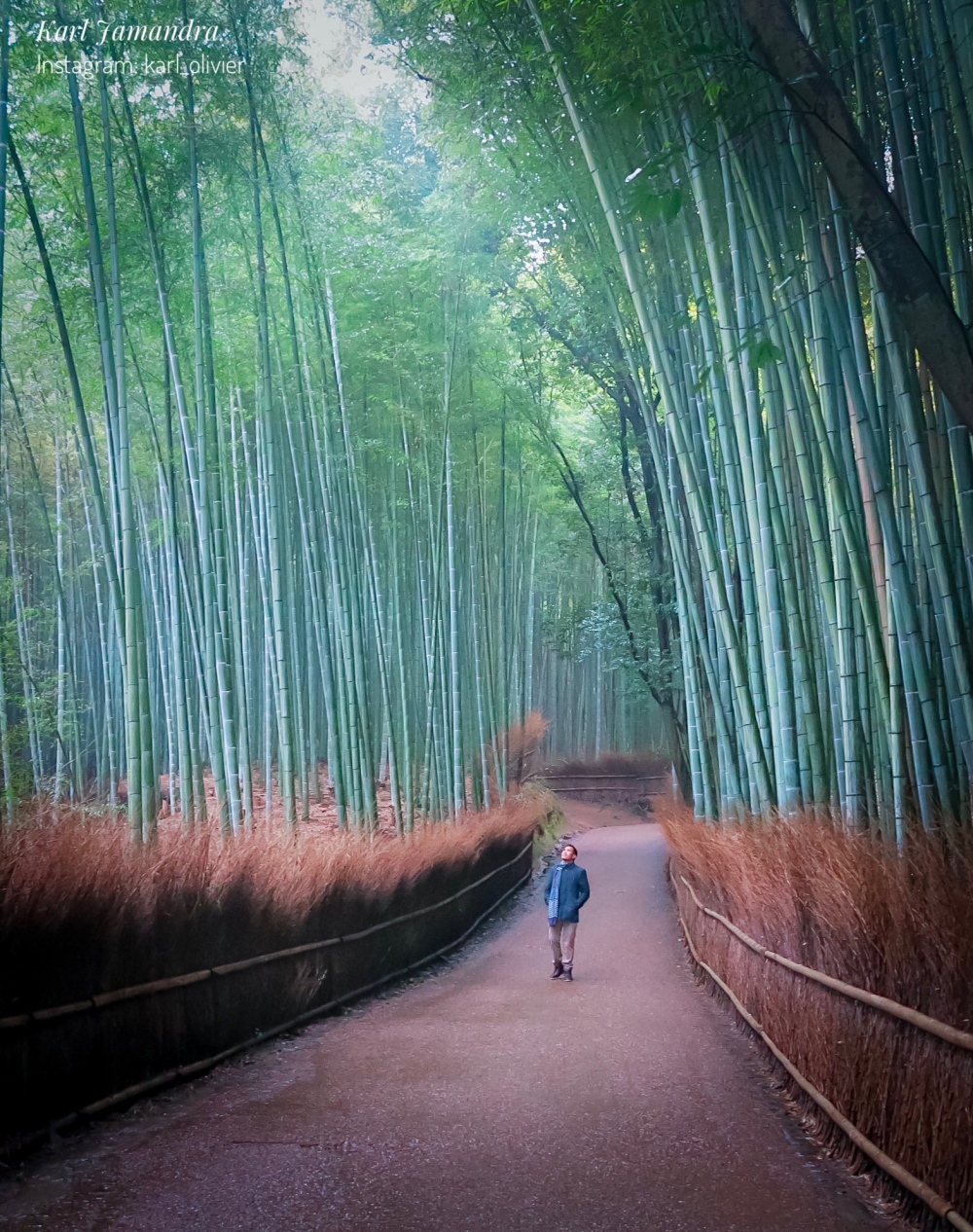
But, first things first. You have to prepare your Japan visa before you can go and travel here.
HOW TO APPLY FOR A JAPAN VISA?
Japan is one of the many countries that require a VISA before Filipinos can visit. While there are few countries that are not bound by this visa requirement, the Philippines is not one of them. But don’t worry. Getting a Japan visa isn’t as hard as many people believe. Let me help you get through with it in this blog post.
This particular guide is going to focus only on discussing the requirements for a tourist visa, either for single or multiple entry type. For other purposes of visit that is not for travel to Japan (such as visa for business, visa for medical stay, etc.), it’s best to head to this web page of the Japanese embassy to learn about the requirements needed.
I. Prepare the requirements needed for Japan visa application.
These requirements include the following:
1.) PHILIPPINE PASSPORT. This is always a requirement when going out of the country. Make sure your passport is valid for 6 months prior to your intended travel date!
2.) A DULY ACCOMPLISHED JAPAN VISA APPLICATION FORM. To have a copy of the Japan visa application form, head to this page. Once you have the copy, you can fill it out by just typing your answers here then print the answered form in A4 size sheets of paper. If you want to write down your answers, you can just print the form in A4 size paper, then fill it out by writing with your hand. It’s best not to make erasures and write in capital letters. Put N/A in items that are not applicable.
REMINDER: There are sections in the form that ask for your airline and hotel names. If you haven’t booked your flight and hotel yet, it is fine. The embassy of Japan doesn’t require applicants to book them before visa approval. What you have to do is write your INTENDED airline to book with as well as the hotel/hostel where you plan to stay should your Japan visa be approved. If you plan to stay in more than one hotel/hostel, just write down one and you’re good.
3.) 5 cm by 4.5 cm PHOTO (with white background). The photo must be taken within 6 months. Write down applicant’s name and birth date at the back of the photo before pasting it on the application form.
4.) Philippine Statistics Authority (PSA)-certified BIRTH CERTIFICATE. You can avail your birth certificate from PSA (formerly known as National Statistics Office or NSO) via their main office or their Serbilis outlet centers nationwide. Make sure the birth certificate that you will be passing is issued within one year of your visa application.
SERBILIS. This is PSA’s online service should you want to avail your birth certificate without leaving the comforts of your home. You just have to fill out their online application form, pay through accredited payment channels then wait for the delivery of your birth certificate. The fee here is P330 per copy of birth certificate with 4-9 working days after payment. Here’s their website: https://www.psaserbilis.com.ph/Default.aspx
TIP: If you don’t have time to go to PSA’s main office or avail through their Serbilis service, you can avail your birth certificate with the help of SM Bills Payment Center. While it is a bit more expensive than the one issued in the PSA main office (P180 compared to P155), you’re sure to save up a lot of time and hassle. Please be reminded, though, that you can get your birth certificate in the Customer Service department (usually inside SM’s department store) after 10 working days.
5.) Philippine Statistics Authority (PSA)-certified MARRIAGE CERTIFICATE. This is, of course, only required if you are already married. Just like how you can get your birth certificate, you can avail your marriage certificate from PSA main office, their Serbilis service or other accredited service channels.
6.) DAILY SCHEDULE IN JAPAN. Now, this one here is also an important requirement when applying for a Japan visa. Your planned itinerary doesn’t have to be a very detailed one, but it has to cover the basic details of where and when you’re planning to go once you are in Japan. Write down the following in your daily schedule:
- Date. Intended dates of travel from first day to last day.
- Activity plan. Overview of your intended activities per day.
- Accommodation. Intended places to stay for each day while in Japan.
- Contact. This is usually the contact details of your intended place to stay.
Example:
| DATE | ACTIVITY PLAN | CONTACT | ACCOMMODATION |
| Dec. 28, 2018 | Exploring Kyoto:
-Arashiyama Bamboo Forest, Kinkakuji and Fushimi-Inari Taisha |
Khaosan Kyoto Guesthouse
+81 75-201-4063 |
Khaosan Kyoto Guesthouse* |
*This is just an example. I am not affiliated with this guesthouse.
7. BANK CERTIFICATE. This must be an original copy issued within 3 months from your bank. While the Japan embassy doesn’t really mention how much is the minimum balance requirement of your funds, people have attested that their Japan visa has been approved with only P50,000 in the bank. I’d recommend for you to have more just to make sure, though.
8. INCOME TAX RETURN (Form 2316). Submit a clear photocopy of your latest ITR. This is needed so that the embassy would know you have a job or business in the country and you’d have to go back after your travel. One clear proof of that is your ITR.
Note: If you don’t have an ITR, write a cover letter explaining why you don’t have an ITR. Reasons for this may include you have just started a new job or business and you are a freelance worker. If you are currently unemployed, you may want to apply for a Japan visa with a guarantor/ sponsor, which means someone who can shoulder your expenses while in Japan. Additional requirements for applying in this type of visa are needed and these are:
- Guarantee letter. This is needed because you have to explain your relationship with your guarantor. This should also include your guarantor’s contact details.
- Proof of relationship with guarantor. You need to provide a proof of your relationship with the guarantor. If your guarantor is a family member, submit documents like birth certificate that will prove your relationship. If your guarantor is a friend, submit photographs of you together, as well as chat conversations and e-mail correspondences.
- Bank certificate and ITR of guarantor. You have to prove that your guarantor is capable of sponsoring your travel in Japan. Submit an original copy of your guarantor’s bank certificate as well as a photocopy of his or her ITR (Form 2316).
II. Choose an accredited travel agency that will process your Japan visa application. It should be noted that the Japanese embassy in Manila does not accept direct applications. What you need to do, instead, is to go to an accredited travel agency. The agency will submit the requirements you have prepared with a fee.
Here is the list of the accredited travel agencies. While most of them only have branches in the Metro Manila area, a few have branches in Cebu and Davao.
- Universal Holidays, Inc. – https://www.universalholidays.com/home/en-US
- Discovery Tour, Inc. – http://www.discoveryjt.com/visa/index.html
- RAJAH TRAVEL CORPORATION – https://www.rajahtravel.com/contact_us
- RELI TOURS AND TRAVEL AGENCY – http://www.relitours.ph/en-visa.html
- ATTIC TOURS PHILS., INC. – http://www.attictours.asia/visaApplication.php
- FRIENDSHIP TOURS AND RESORTS CORPORATION – https://friendshipmanila.com/visa/
To view the list of these accredited travel agencies with their specific addresses and locations as well as contact numbers, head on this page.
III. Wait for the result of your Japan visa application. After passing the requirements to your travel agency of choice, you’ll have to wait for their message notifying you of when you can pick up your passport. The processing of visa usually takes about 2 to 5 working days.
NOTE: Be reminded that submission of requirements does not necessarily mean a guaranteed issuance of a Japan visa. But you gotta hope for the best! Good luck!
Now that we have already discussed about how you can avail your Japan visa, let’s proceed and discuss important things to consider when going to the Land of the Rising Sun!
FACTORS TO CONSIDER WHEN GOING TO JAPAN:
-
Go solo, duo or in a group?
This is actually the first question that you have to consider should you decide to go to Japan. Do you want to be by yourself, go along as you please and do some soul-searching? That’s a good idea if you have ample budget to sustain yourself alone with your expenses with accommodation, food and transportation. Take note that in various places in Japan, notably Tokyo, hotels and hostels can really be expensive. That’s where the idea of traveling with a partner goes in. You share with everything when you travel with a companion, thereby lessening your expenses especially in your accommodations. In addition to that, you have each other to take your pictures as you travel along! The third choice, traveling in a group, is probably the most fun. You get to experience the same travel spots, eat in the same dining restaurants or eateries, stay in the same hostels and hurry up to catch the trains together! Traveling with a group may be more challenging to manage, though, especially with constraints in time. But if you’re able to overcome this especially if you’re traveling with people you’re already accustomed to traveling with, then this won’t be an issue.
Now, have you decided how you’re going to travel?
-
What month do you want to go there?
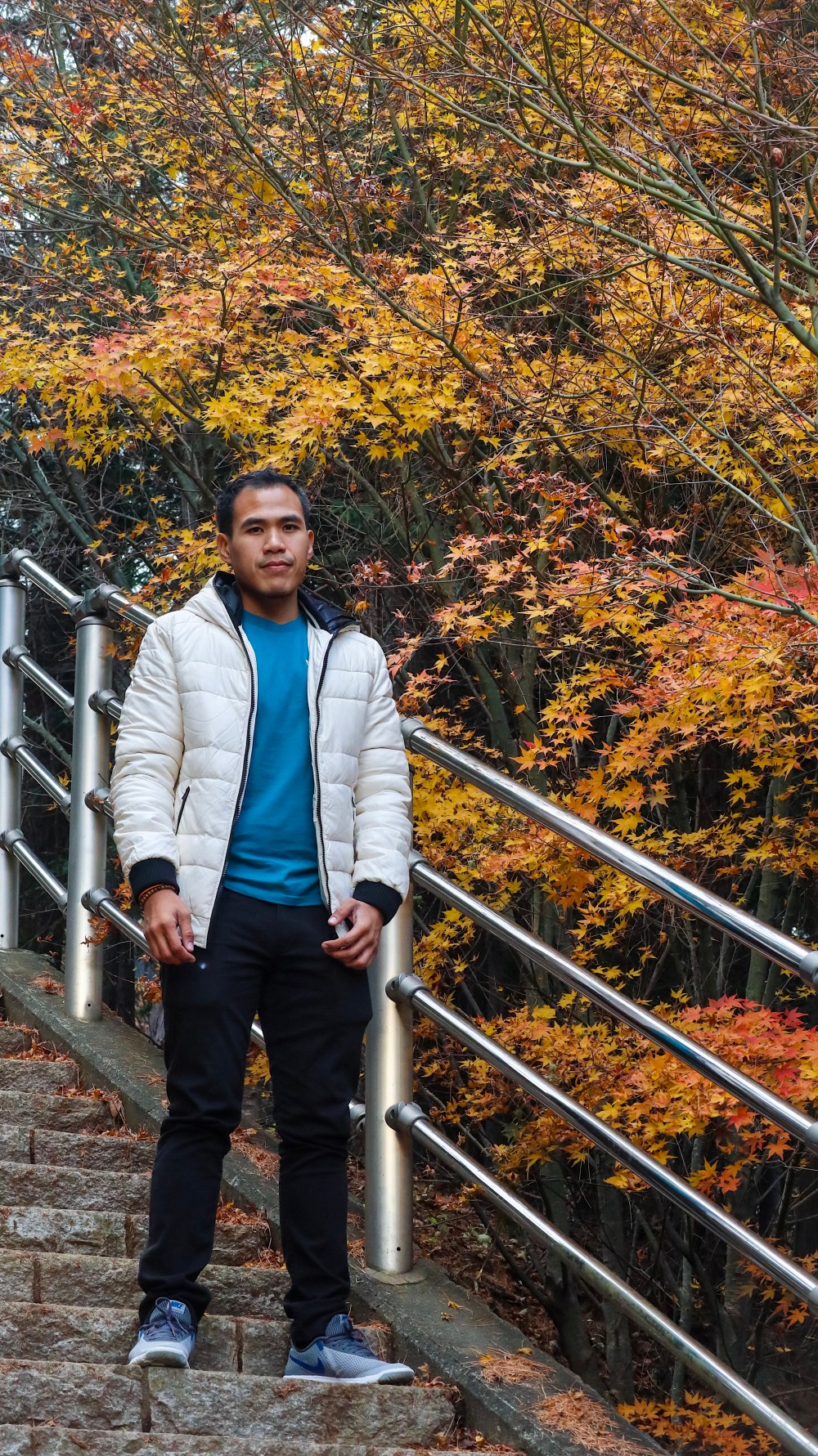
This is a good question to ask considering Japan has four seasons: winter, spring, summer and fall. Each season has its own features and it’s important to determine which of them you want to experience. Winter happens from December to February and it is the coldest among the seasons. It snows in some places during this time so if you want to experience snow, you gotta book your trip during winter. Spring usually attracts tourists who want to see the cherry blossoms (sakura) in key areas around the country. It happens from March to May. Summer is also a good time to go to Japan as it’s the warmest. Some people go here during this time (June to August) to avoid the harsh coldness of the other seasons as well as the crowd. Then there’s autumn, which features colorful foliage among the trees. I know people who get joyful with the colors of the fall, and if you’re like them, go to Japan during the months of September to November.
-
Where do you want to go exactly?
Now this one’s a great question, too, as it will determine if it’s wise to purchase the Japan Rail Pass. JR Pass is a rail pass that allows “unlimited” travel on all major forms of transportation provided by the JR Group in Japan for overseas tourists and travelers. It is designed to foster traveling around the country.
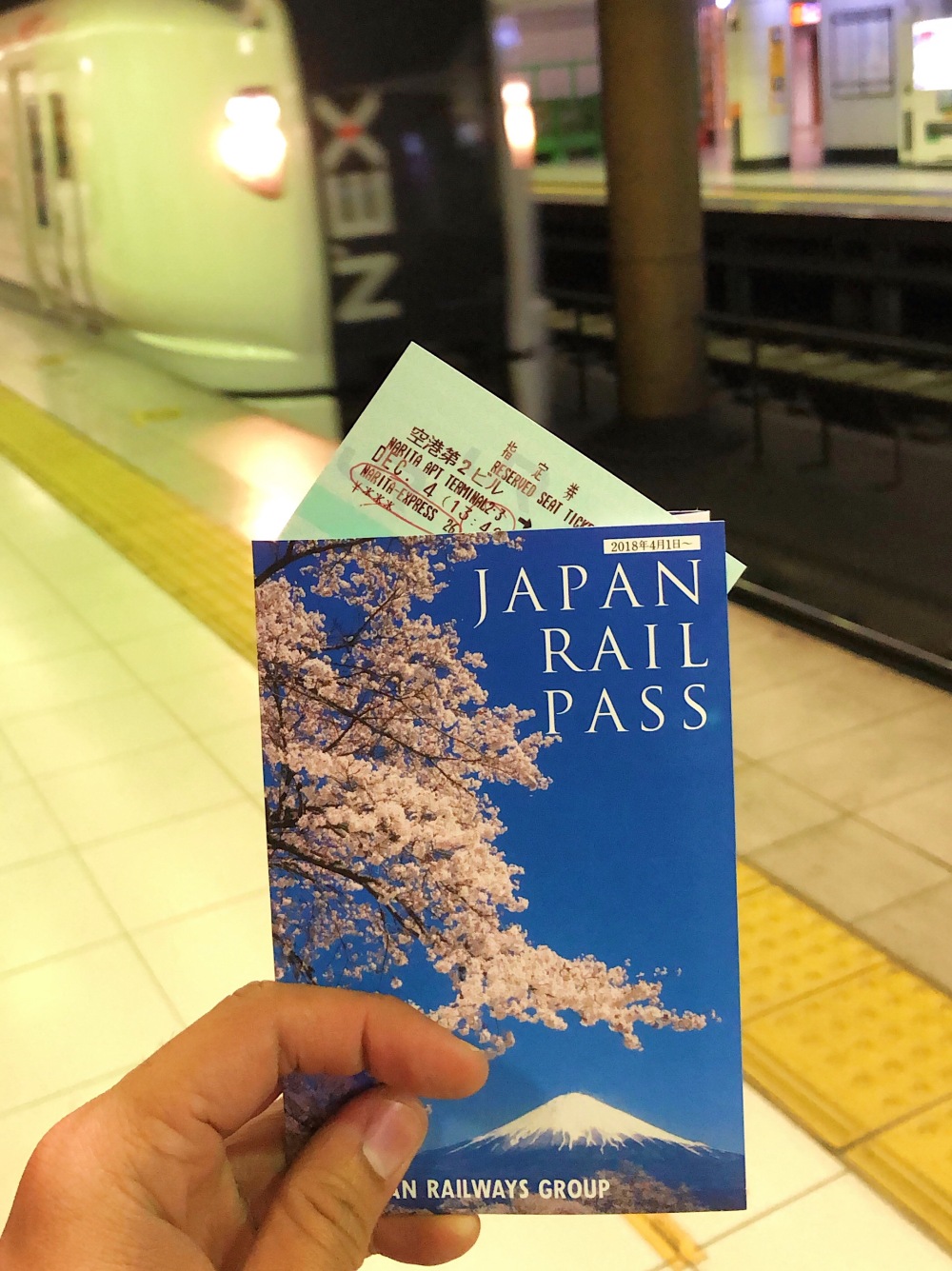
In both of my travels to Japan (February 2016 and December 2018), I have availed of the JR Pass as going around the country was one of my objectives on both occasions. I didn’t want to settle on one major area only (for example, Tokyo or Osaka/Kyoto area) for the whole time I was there. JR Pass may be expensive (I have purchased mine via Klook, which offers the cheapest JR Pass among the available options) but it definitely was worth it because I often used the Shinkansen (Japan’s bullet train) to go to the places I intended to go to. Not to mention the various JR local trains where I got to use my JR Pass as well during my trips around.
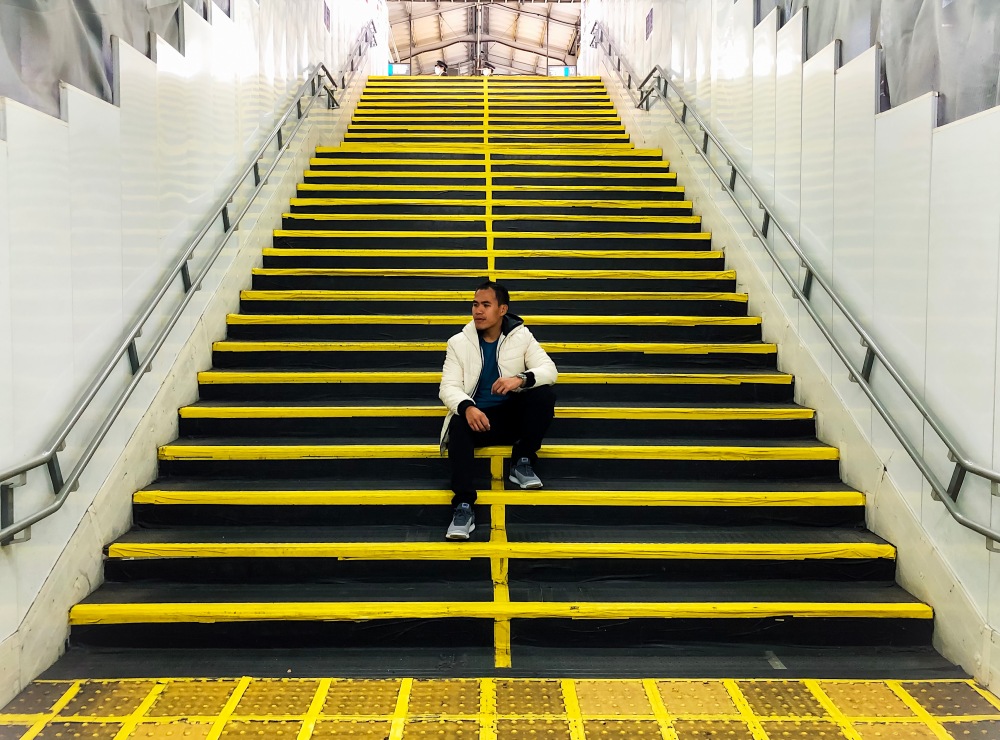
How expensive is the JR Pass? The last time I checked via Klook, the JR Pass that is valid for 7 days can be purchased for the amount of P13,200. There also is a JR Pass for 14 days but it’s definitely more expensive. Anyway, just considering the cost of riding a bullet train one-way would make you want to purchase the JR Pass. How much does the bullet train cost? It actually depends on the proximity covered. For example, going from Tokyo to Odawara (the nearest place to Tokyo where a castle can be seen) costs 1,490 yen. That’s roughly P700. Meanwhile, going from Shin-Osaka to Nagoya would cost 3,350 yen via Shinkansen. That’s roughly P1,700 already for a one-way trip. If you’re going to accumulate that along with your other transporation expenses, you’d say purchasing the JR Pass is worth it while going around the country of Japan.
Note: You can avail regional passes instead if you’re just going to focus on one area when traveling in Japan.
-
How many days should you be staying there?
While this one will depend on the number of vacation leaves that you have or the days you can go out of the country to travel, I would recommend about 7-8 days. Why? Not only is this perfect when you’re going to avail the JR Pass, but this one will also make you experience Japan just the way you should!
-
How much should you prepare when you have decided to travel here?
The cost of your travel to Japan will be determined by the answers that you have for the questions above. Are you going to travel solo, with a companion or with a group? How many days will you be staying? Where do you want to go exploring?
Aside from those things, you have to consider basically these three things: accommodation, food and transportation.
ACCOMMODATION- The cost of accommodation differs from city to city. Expectedly, Tokyo is much more expensive than the other cities in Japan. Osaka, on the other hand, is relatively cheaper.

FOOD- The cost of food would be determined by the type of restaurant or food stores you want to eat in. Are you okay with snack food via convenience stores once in a while? Then you’d have to prepare about 200-400 yen (P100-P200) each meal for that. Fancy restaurants are expectedly more expensive, but there are decent restaurants that offer good food for a relatively cheaper price. Ramen, the food that I have most often eaten during my recent trip to Japan, would vary from 500 to 950 yen (P250 to P475). And that’s already cheap considering the cost of ramen in our own country!
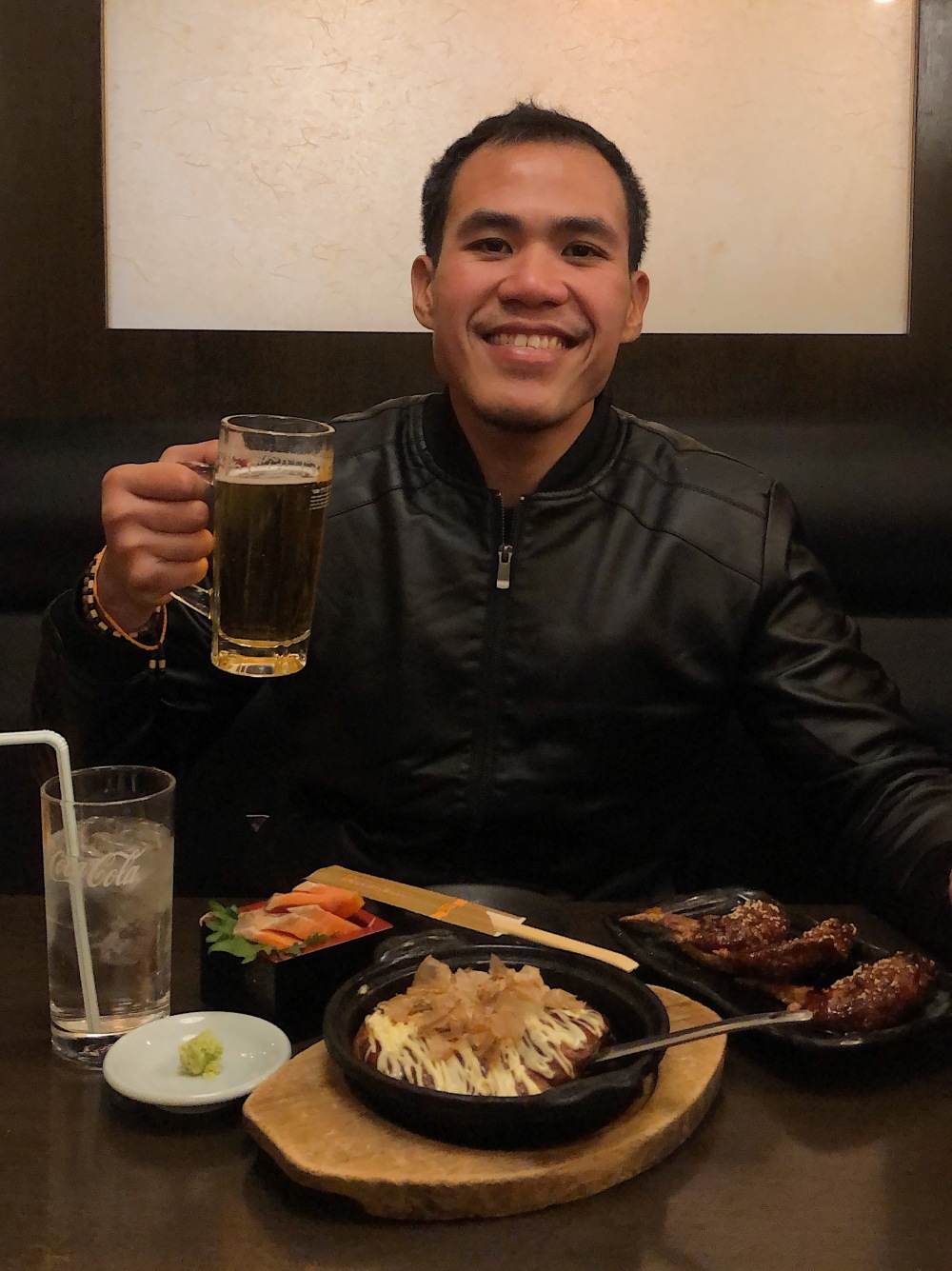
TRANSPORTATION- Transportation in Japan is actually pricey compared to our own, but trains and buses here are way more convenient and always on time. If you have already decided if you’re going to avail JR Pass or not, then good for you! But let’s say you’re going to just focus on one area only, then that’s fine. More so, there are also regional passes for that! Check this JR Pass website page in order to know which areas they offer these regional passes.
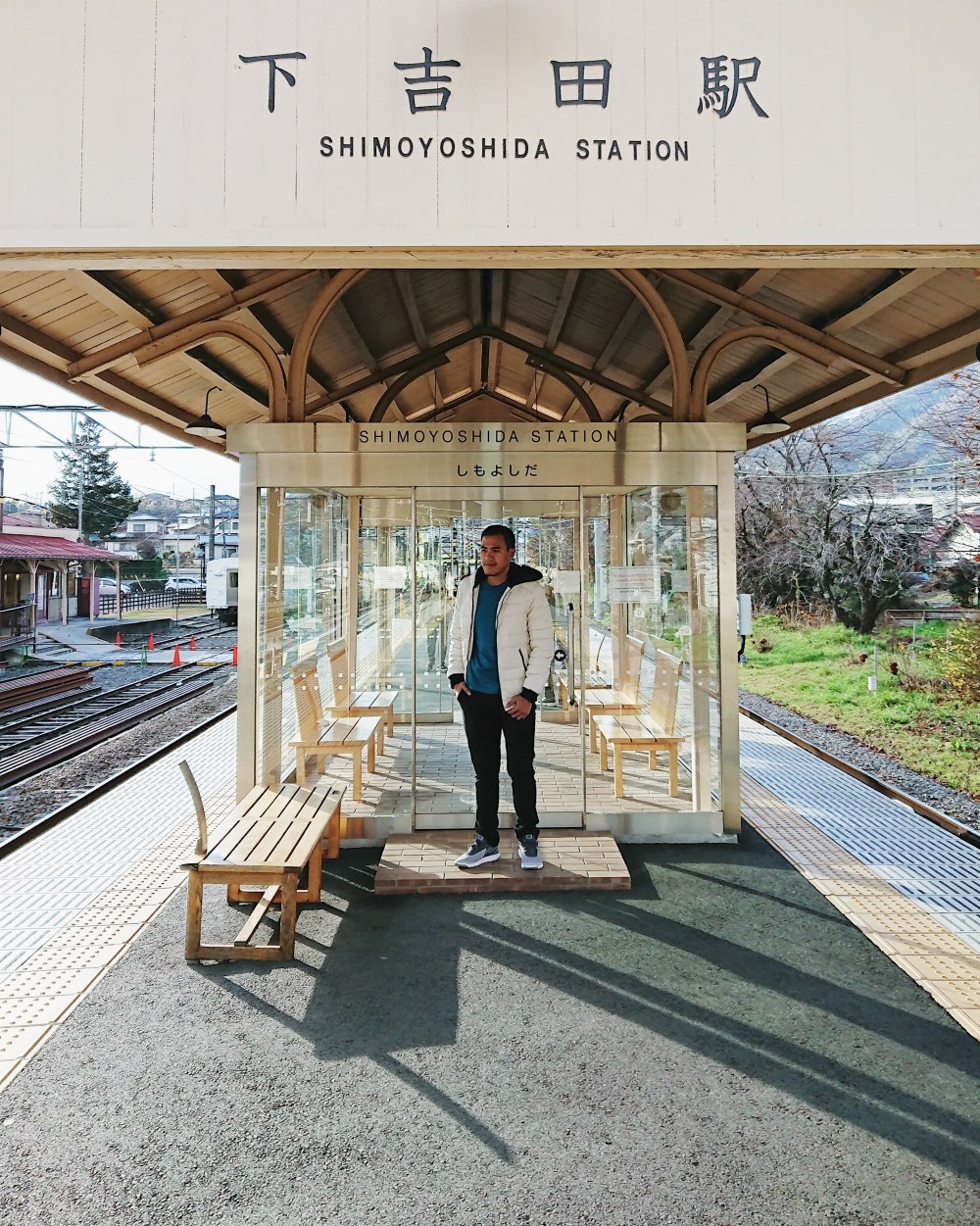
PLACES TO CONSIDER WHEN GOING TO JAPAN
Let me just share with you some of the places we have traveled to in Japan. This covers 7 days, which means it’s the kind of itinerary wherein we have to wake up early and go home late. Plus, there were times when we had to skip meals or just eat snacks along the way to save time! Hehe.
TOKYO
Japan’s capital is one of the busiest cities in the world. Travel here to explore why it’s such a city of wonder not just with its busyness, but also with its temples, shops, food stores and advancements in technology!
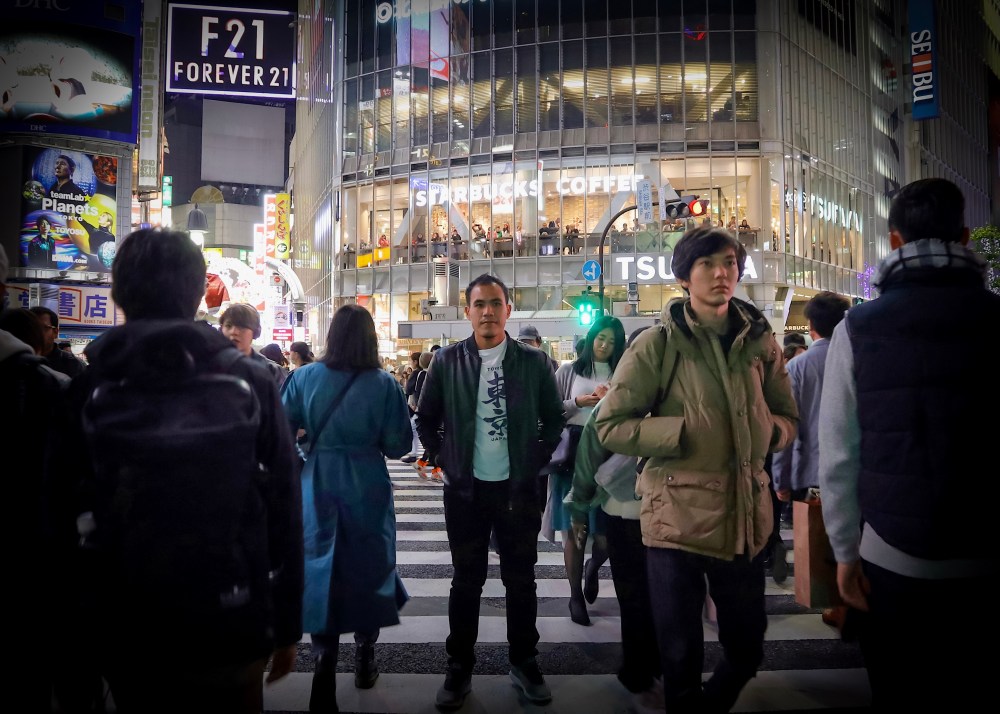
SHIMOYOSHIDA
One of the most promising places to have a good view of Mt. Fuji, Shimoyoshida really is a beauty on its own. If you really want to see Mt. Fuji so badly, don’t forget to check the weather update before heading here, okay?
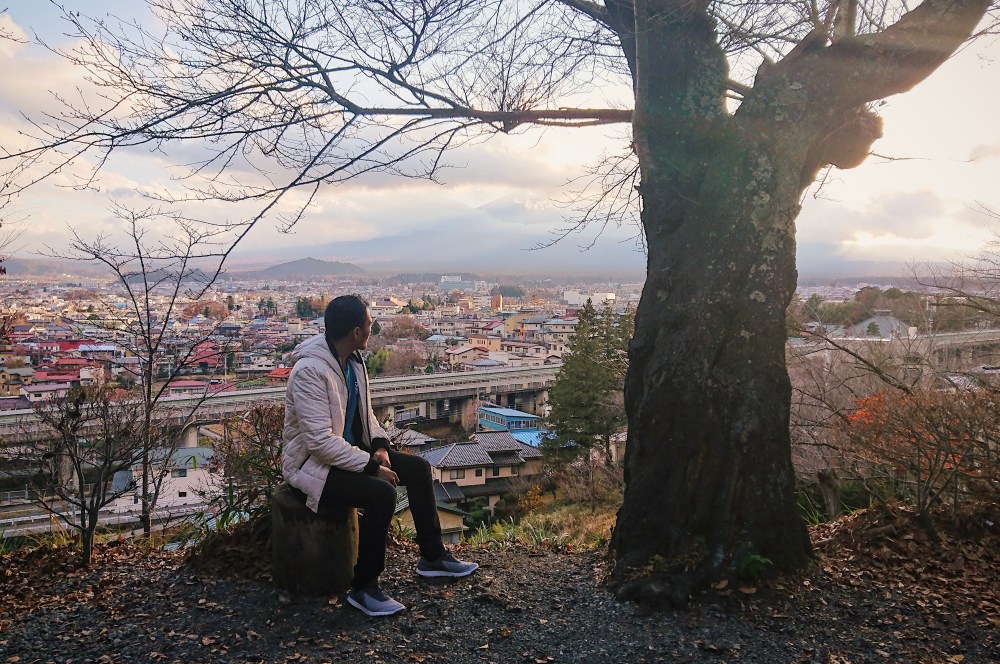
ODAWARA
One of the most surprisingly enjoyable places we’ve visited in Japan, Odawara is home to Odawara Castle. It is also a good place to stay when planning to go to the Fuji Five Lakes.

KYOTO
Definitely a top travel destination in Japan, Kyoto is filled with some of the most interesting and most beautiful places in the country. A place of culture depth, it is a must-visit when you want to explore the old Japan.
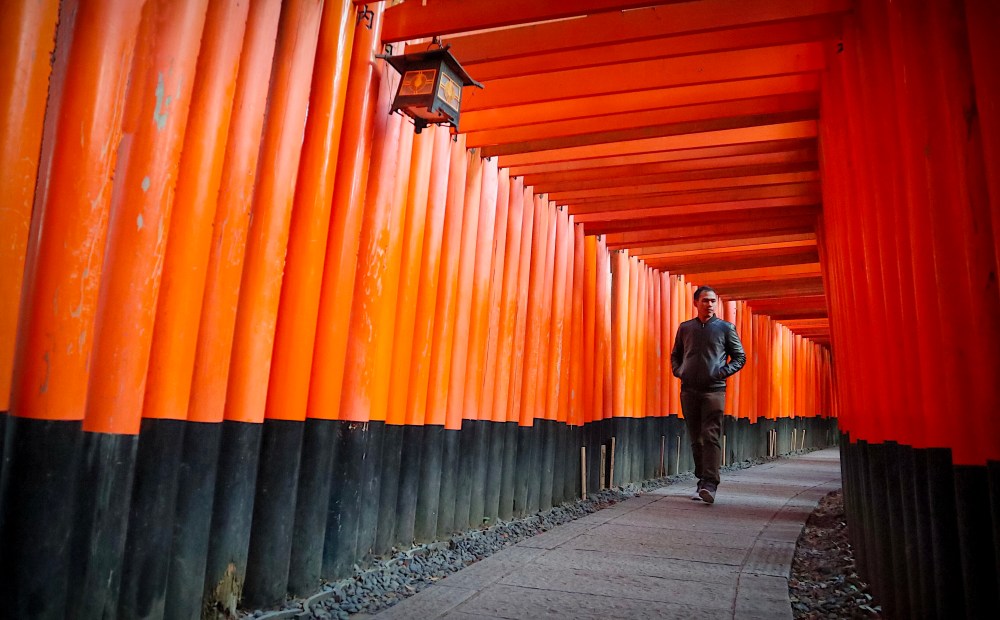
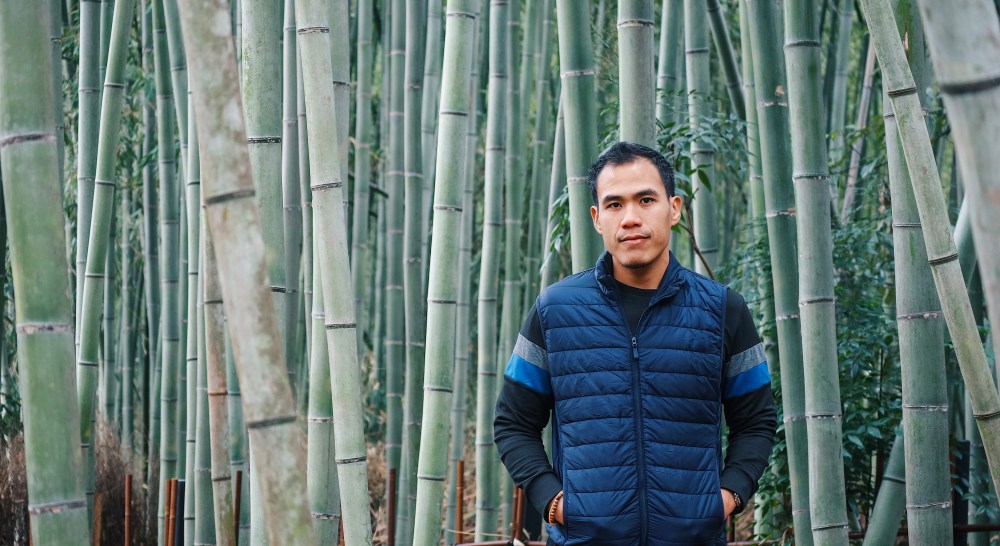
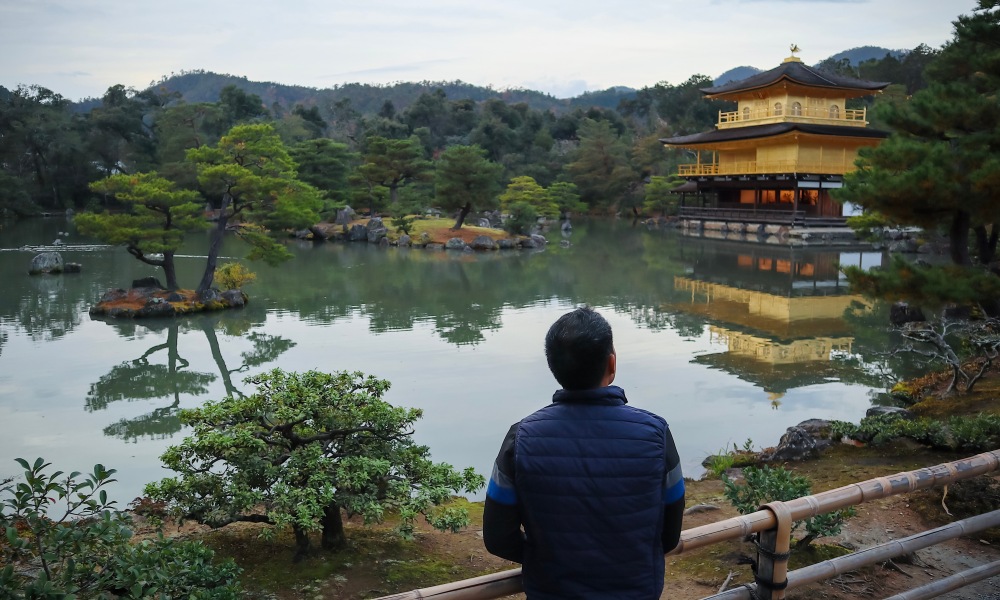
SHIRAKAWA-GO
A UNESCO World Heritage Site, Shirakawa-go is one of the highlights of my recent trip to Japan. Not only was I awed with its farmhouses, I was also awed because it was also where I got to experience snow for the first time!

OSAKA
What I felt in Osaka differs from what I felt with Tokyo. It has this exciting vibe that seems to be appreciated mostly by millennials! Go to this city if you also want to experience that!
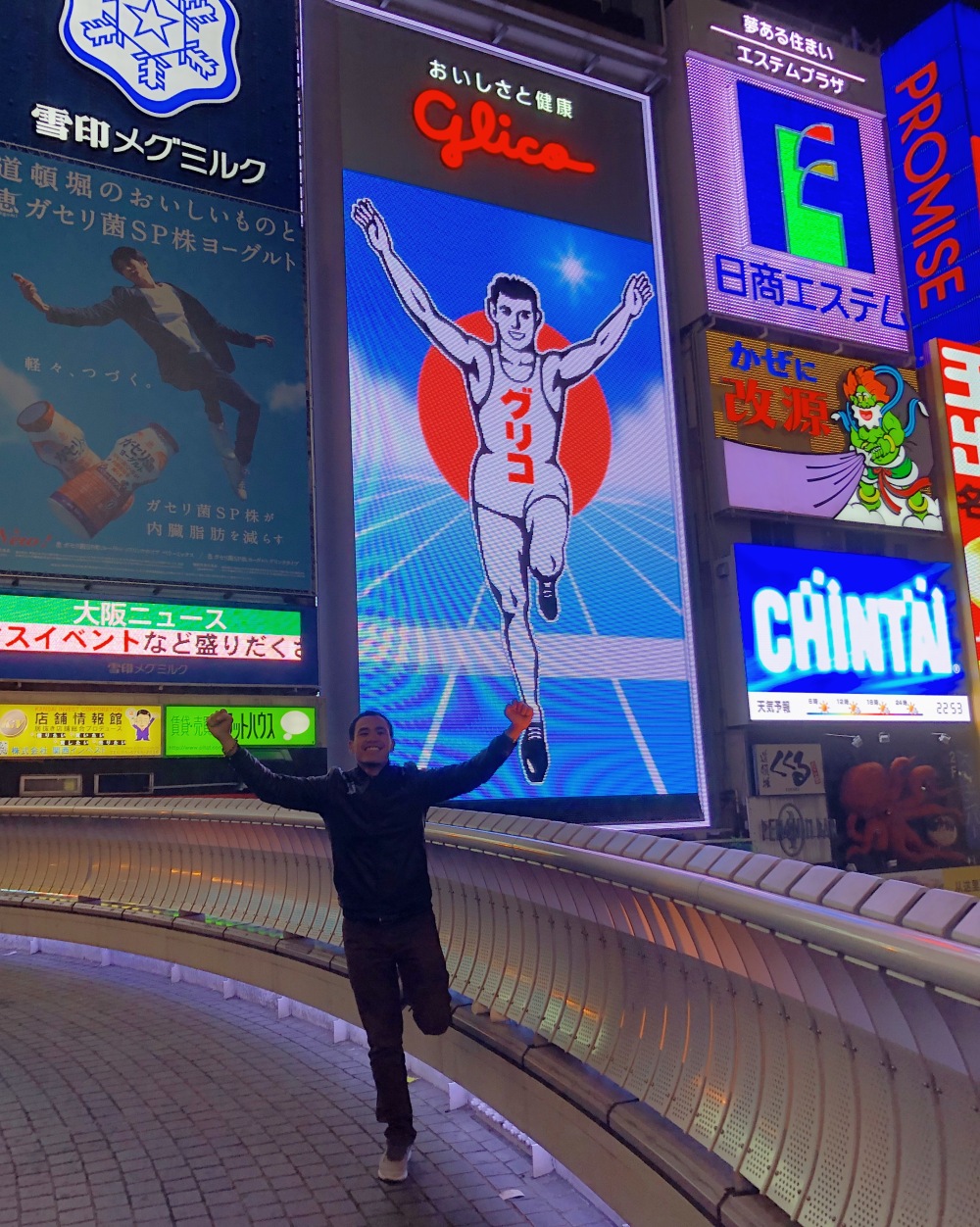
NARA
A day trip in Nara will get you really close with the deer as they just populate its parks and temples! It’s also a good place to buy for souvenirs, because we found them cheaper here compared to the other cities!
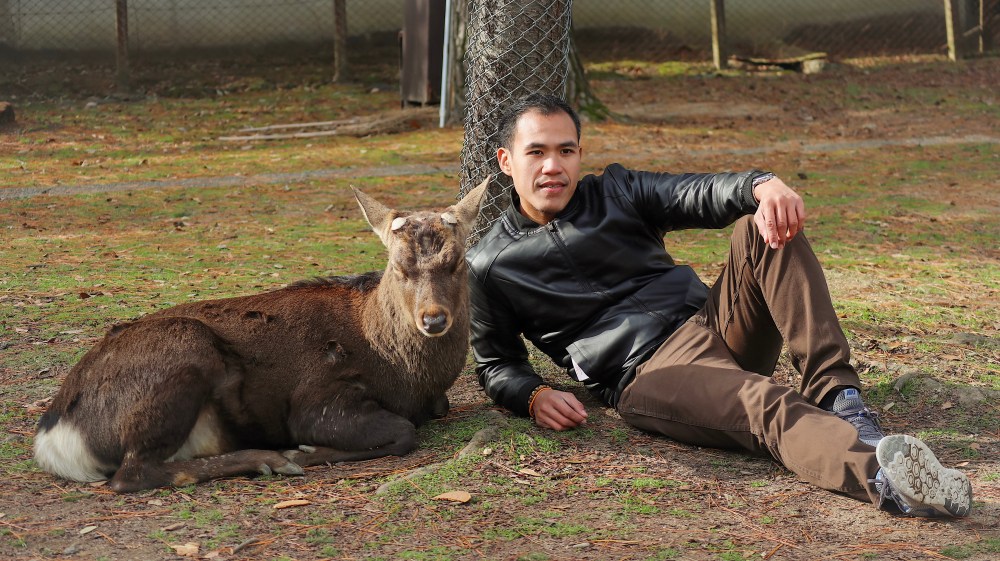
KOBE
Not only is it popular with the Kobe beef (said to be the most delicious beef in the world), Kobe is also a place where man-made structures and natural wonders are marvelous to look at.
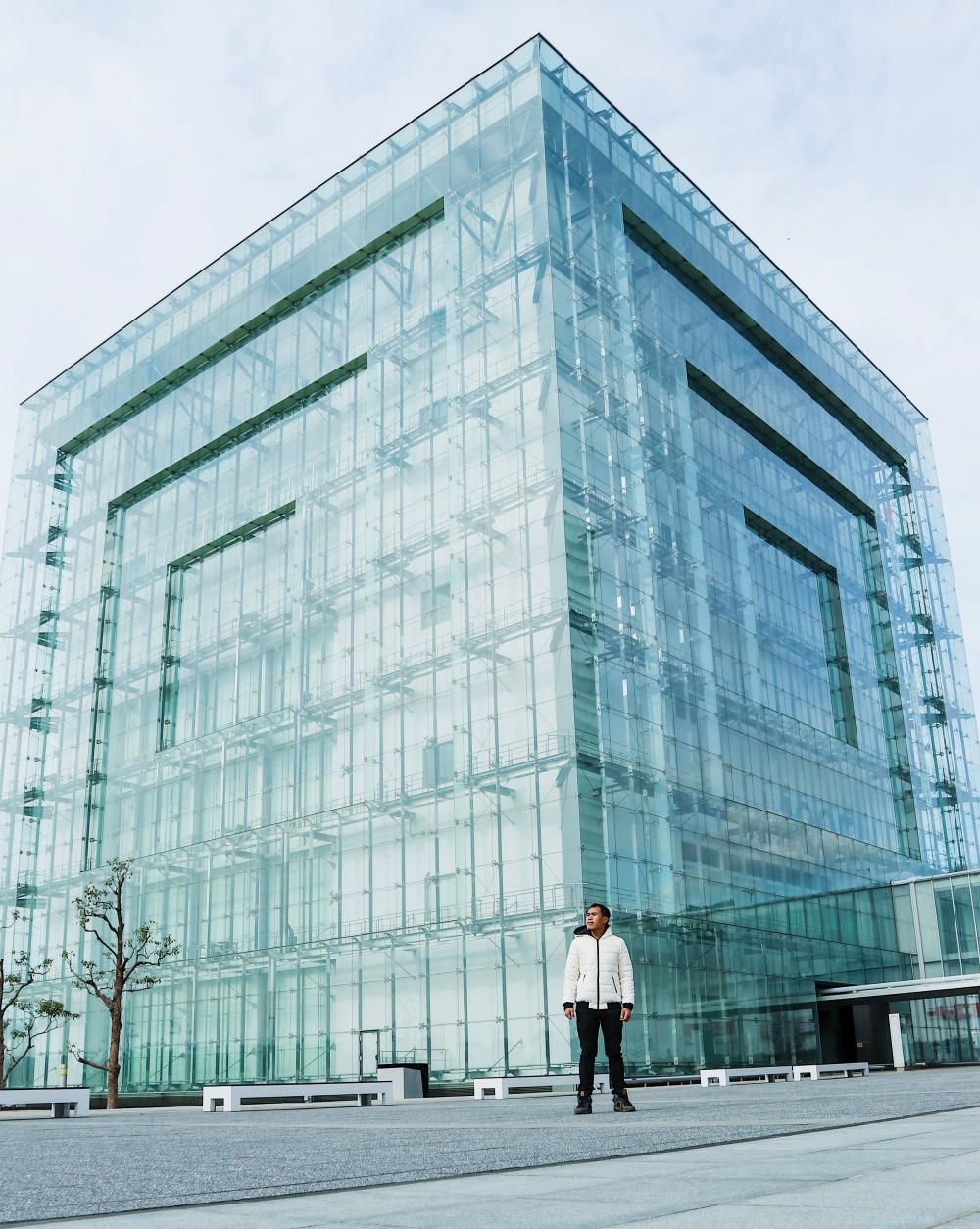
Yes, we’ve covered all those places for 7 days! But it’s not always like we have traveled from this place to another changing our accommodation every night. Watch out for my individual blogs for these places to know more how we were able to accomplish going to these many places for a week!
Thank you for reading, guys!
